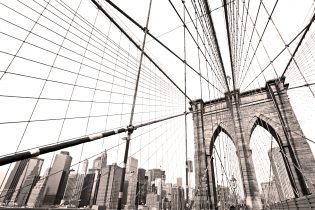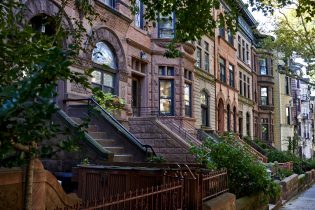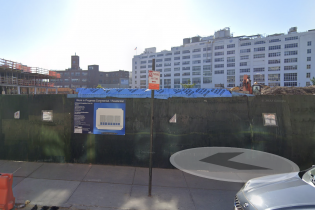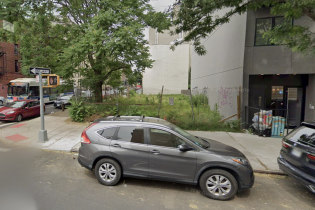Fort Greene Neighborhood Guide
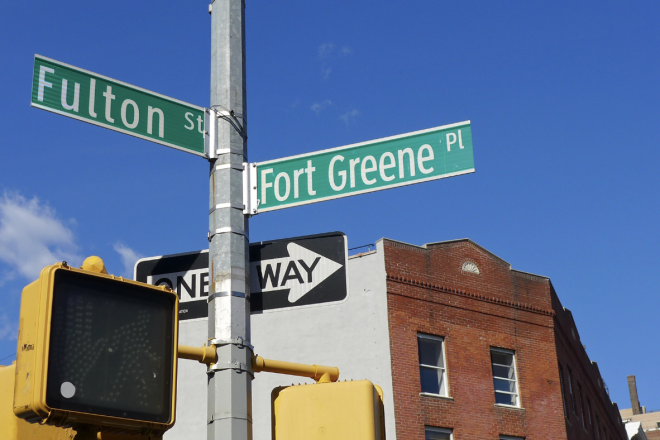
Fort Greene is a neighborhood that balances historic import with modern vibrancy. And unlike so many neighborhoods that are erroneously described that way, Fort Greene has a legitimate claim. Its tree-lined streets, parks, cultural institutions, and local businesses make it one of New York City’s most desirable places to live. Whether you’re a long-time resident or a newcomer considering a move, this comprehensive guide will help you navigate all that Fort Greene has to offer.
A Brief History
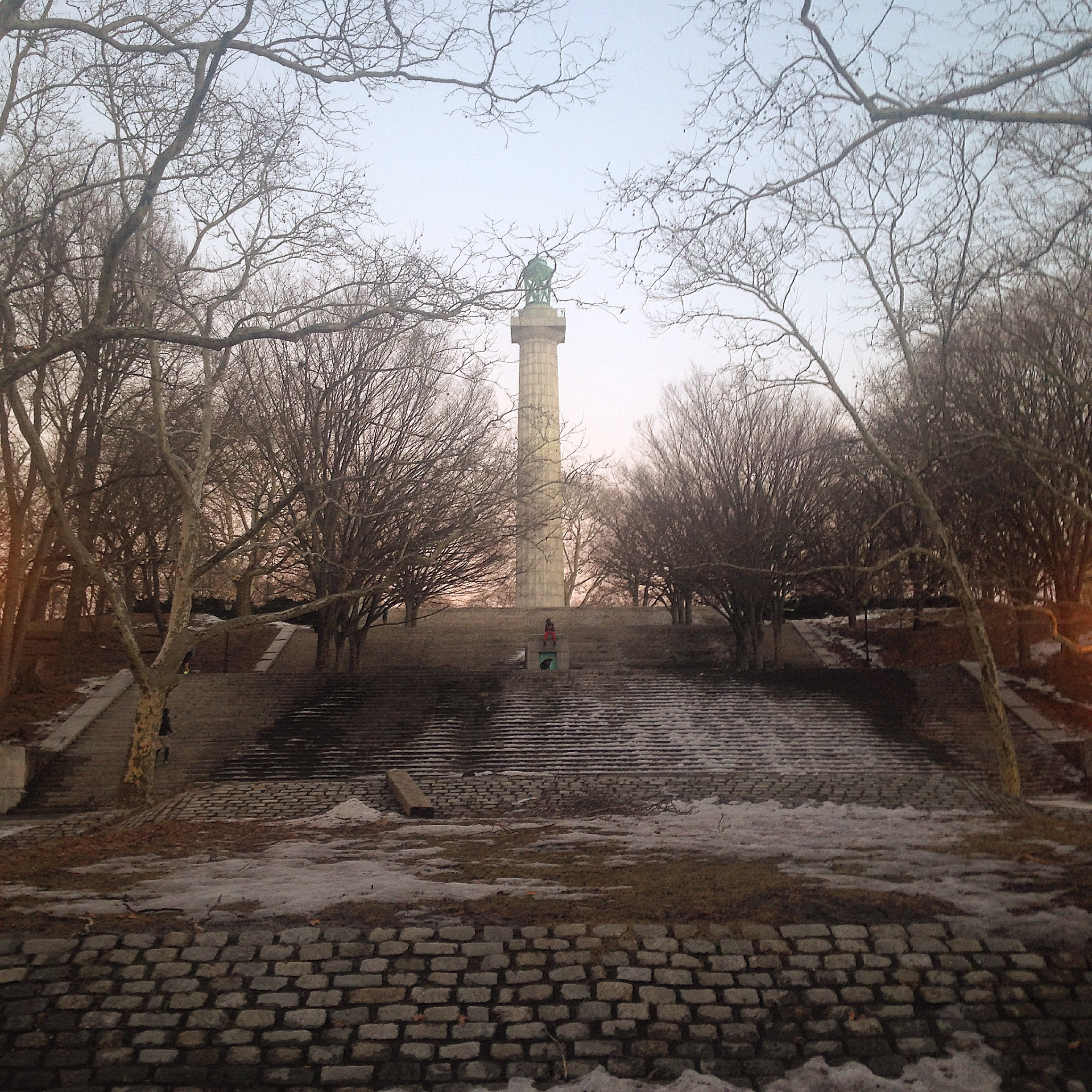
Fort Greene’s history dates back to the Revolutionary War, when it served, you will be shocked to learn, as the site of an American fort. Named after General Nathanael Greene, a trusted officer under George Washington, the area was instrumental in the Battle of Brooklyn. Fort Greene Park, designed by Frederick Law Olmsted and Calvert Vaux, the same minds behind Central Park, serves as a reminder of this martial past, hosting monuments and a museum.
In the 19th century, Fort Greene developed into a fashionable residential area, attracting affluent families who built the brownstones that still define the neighborhood’s architecture. The establishment of the Brooklyn Navy Yard in 1801 spurred further growth, making Fort Greene a community for workers and their families.
The late 1800s and early 1900s saw a wave of diverse immigrants, including Irish, Italian, and Eastern European Jewish communities. During the mid-20th century, Fort Greene became a hub for African American culture and arts, home to figures like novelist Richard Wright and jazz musician Cecil Taylor.
The latter part of the 20th century brought challenges, including economic decline and urban blight. However, community activism and revitalization efforts in the 1980s and 1990s led to a renaissance. Today, all these elements are present in a weave that render it one of the city’s most beloved neighborhoods.
That Architecture
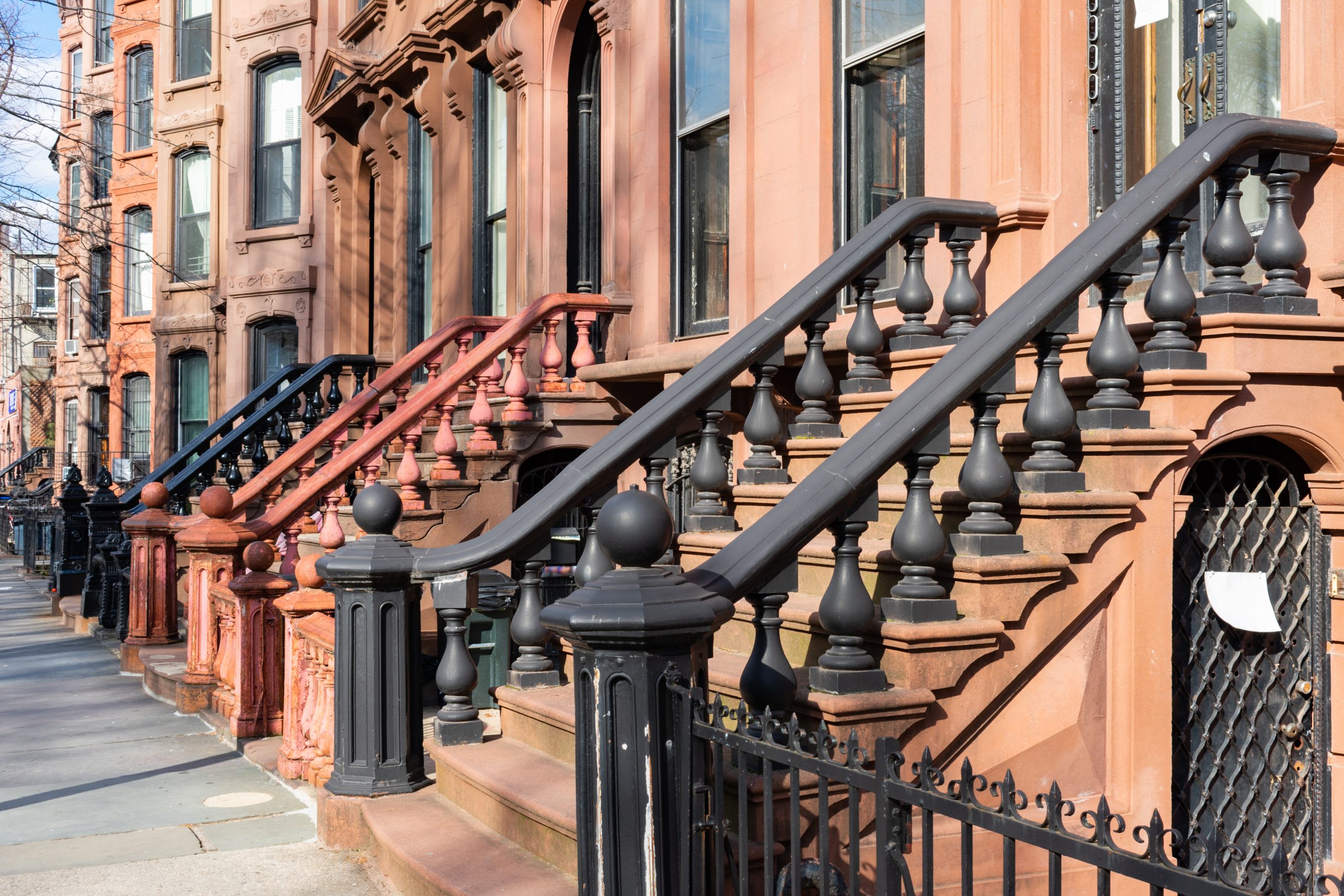
One of Fort Greene’s most striking features is its architecture. The neighborhood is renowned for its well-preserved brownstones and row houses, many dating back to the mid-1800s. Walking through streets like Washington Park, South Oxford Street, and Carlton Avenue, you’ll encounter beautiful examples of Italianate, Second Empire, and Neo-Grec styles. These often feature intricate ironwork, ornate cornices, and charming stoops.
The Fort Greene Historic District, established in 1978, encompasses much of this architecture, ensuring the preservation of its character. This designation protects numerous blocks from modern alterations. Additionally, some areas boast examples of late 19th-century and early 20th-century apartment buildings: Beaux-Arts and Romanesque Revival designs. These architectural treasures both enhance the neighborhood’s aesthetics appeal and provide a tangible connection to its history.
Cultural Institutions
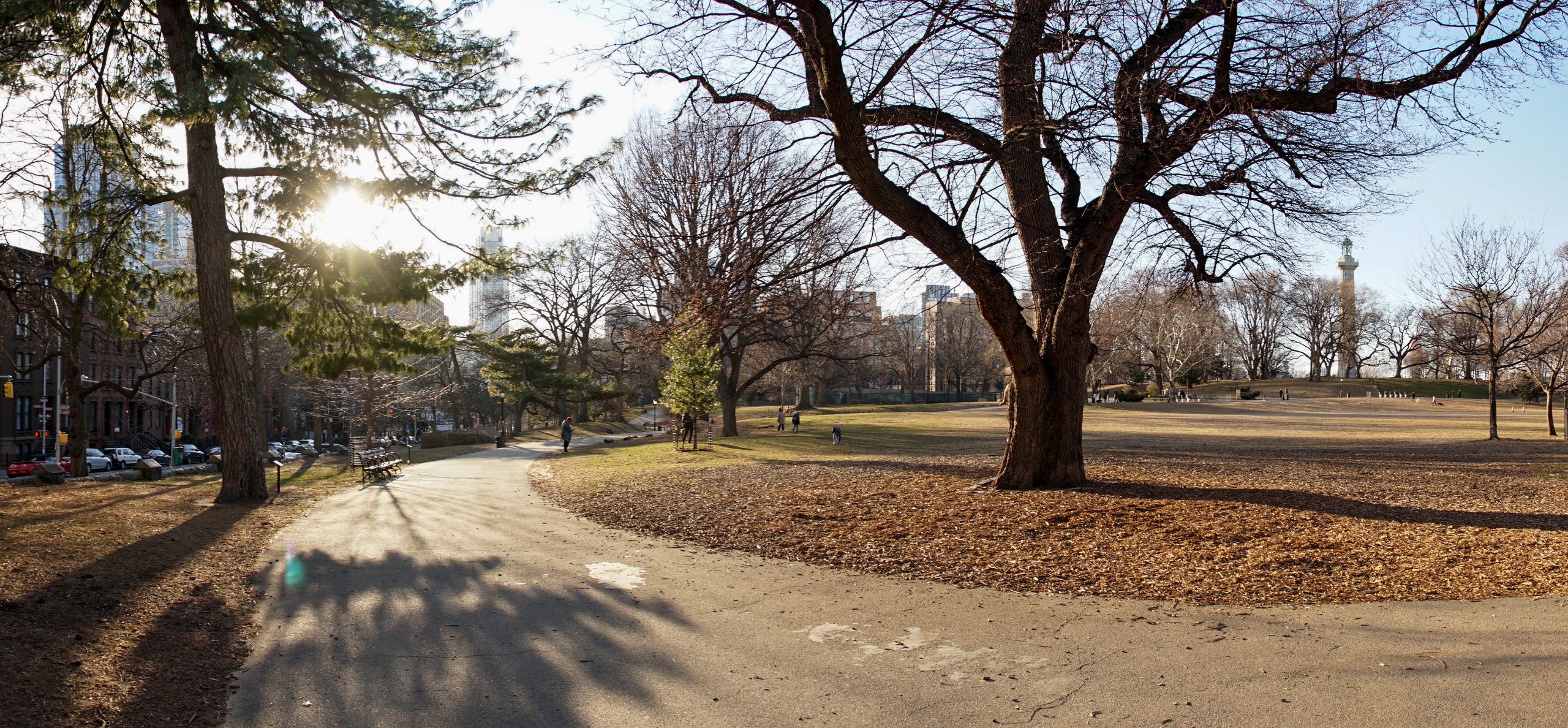
Fort Greene Park
At the heart of the neighborhood lies Fort Greene Park, a 30-acre oasis that offers residents and visitors a much-needed respite from urban life. The park is home to the Prison Ship Martyrs’ Monument, which commemorates the thousands of American prisoners who died in British captivity during the Revolutionary War. This column, designed by Stanford White, is both a historical landmark and a focal point for the community, standing as a solemn reminder of past conflicts.
But Fort Greene Park is more than just a historical site—you could miss that aspect if you weren’t looking. It’s a public space that hosts a variety of activities year-round. From morning yoga classes and summer concerts to sports leagues and farmers’ markets, there’s always something happening in the park. The open lawns, playgrounds, and tennis courts provide ample recreational opportunities, making it a favorite spot for families, fitness enthusiasts, and anyone looking to enjoy the outdoors. The park’s tree-shaded paths and scenic vistas also offer a tranquil environment for leisurely walks and picnics.
BAM and its surroundings
The Brooklyn Academy of Music (BAM) is a cornerstone of the neighborhood’s cultural scene. Established in 1861, BAM is the oldest performing arts center in America and offers a diverse array of programming, including theater, dance, music, opera, and film. Its commitment to avant-garde and contemporary works makes it a hub for cutting-edge art and culture.
Adjacent to BAM is the Mark Morris Dance Center, home to the acclaimed Mark Morris Dance Group. This state-of-the-art facility provides dance classes for all ages and levels, fostering a love for dance within the community.
Another cultural gem is the Museum of Contemporary African Diasporan Arts (MoCADA). Located on Hanson Place, MoCADA showcases contemporary art and culture of the African Diaspora, promoting social justice and dialogue through its exhibitions and programs.
Real Estate
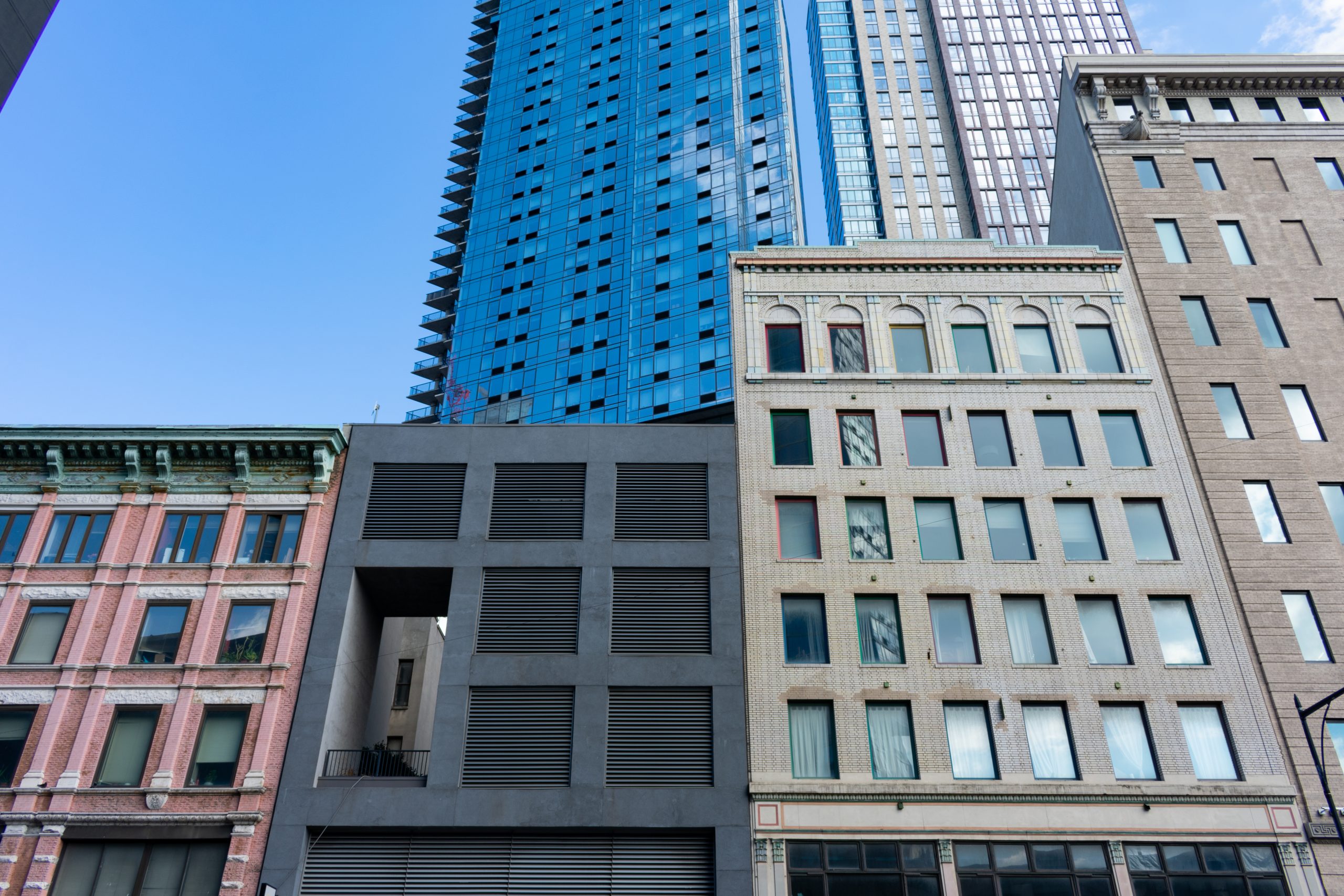
The real estate market in Fort Greene is competitive—reflecting the neighborhood’s desirability. The historic brownstones and row houses are highly sought after, often commanding premium prices. However, the area also offers a range of housing options, including modern condominiums and rental apartments, catering to different preferences and budgets.
Housing Options
For those who appreciate historic architecture, the neighborhood’s iconic brownstones and row houses are a major draw. Inside, you’ll often find high ceilings, original moldings, and spacious layouts. These homes are perfect for those who want to own a piece of Brooklyn’s architectural history, but they come with a price tag reflecting their desirability and location.
Modern living options are also available in Fort Greene, with new developments and renovated loft spaces offering sleek, contemporary designs. These properties often include amenities such as rooftop terraces, fitness centers, and concierge services, catering to the needs of today’s urban professionals and families. Rental options range from luxury high-rises with panoramic views of Manhattan to charming pre-war buildings.
Market Trends
Fort Greene’s real estate market has seen substantial growth over the past two decades. Property values have steadily increased, driven by the neighborhood’s appeal and the broader gentrification trends affecting much of Brooklyn. Buyers are attracted to the area’s cultural scene, excellent transportation links, and close-knit community feel. Despite the high demand, the market remains diverse, with opportunities for both first-time homebuyers and seasoned investors.
News
Several high-profile projects and developments are in the pipeline. One of the most significant recent developments is the expansion of the nearby Brooklyn Navy Yard, which includes new office spaces, manufacturing facilities, and retail outlets. This project is expected to bring thousands of jobs to the area, further boosting the local economy and increasing demand for housing.
Another noteworthy development is the ongoing revitalization of the Atlantic Terminal area. Plans include new residential towers, commercial spaces, and public amenities designed to enhance the neighborhood’s infrastructure and appeal. These projects aim to seamlessly blend Fort Greene’s historic charm with modern conveniences, providing residents with the best of both worlds.
Moreover, local government initiatives aimed at increasing affordable housing options are making strides. The implementation of inclusionary zoning policies requires new residential projects to include a percentage of affordable units, ensuring that Fort Greene remains accessible to a diverse range of residents. This commitment to inclusivity is a core aspect of the neighborhood’s identity.
Dining, Nightlife, Shopping

Fort Greene’s local economy is a reflection of its diverse community. Whether you’re in the mood for fine dining, casual drinks, a proper night out, or just an afternoon’s browsing, you’ll find plenty of options to satisfy your palate, wallet, or imagination.
Eats
Walter’s, on DeKalb Avenue, is a neighborhood staple, offering a seasonal menu of American comfort food in a cozy, welcoming setting. For a taste of the south, head to Colonia Verde, where you’ll find delectable dishes inspired by Latin American flavors, served in a rustic-chic environment.
Drinks
Fort Greene’s nightlife is centered around its numerous bars and lounges. Fort Greene is a beloved watering hole known for its creative cocktails and laid-back vibe, while Berlyn offers a unique blend of German beer and Brooklyn attitude. For live music, C’mon Everybody hosts a variety of performances, from local bands to up-and-coming artists, ensuring a lively night out.
Shops and shopping
Greenlight Bookstore on Fulton Street is an independent bookstore that has become a community hub, hosting author readings, book clubs, and children’s events. Just a few blocks away, the Fort Greene Flea operates every Saturday, featuring a curated selection of vintage goods, handmade crafts, and delicious food vendors. For fashion enthusiasts, Sukeina on Lafayette Avenue offers unique and stylish clothing, blending modern designs with African influences. Meanwhile, Greenlight Market is the go-to spot for fresh produce, artisanal cheeses, and gourmet groceries, ensuring that residents have access to high-quality, locally-sourced products.
Finally—How Do I Get There?!
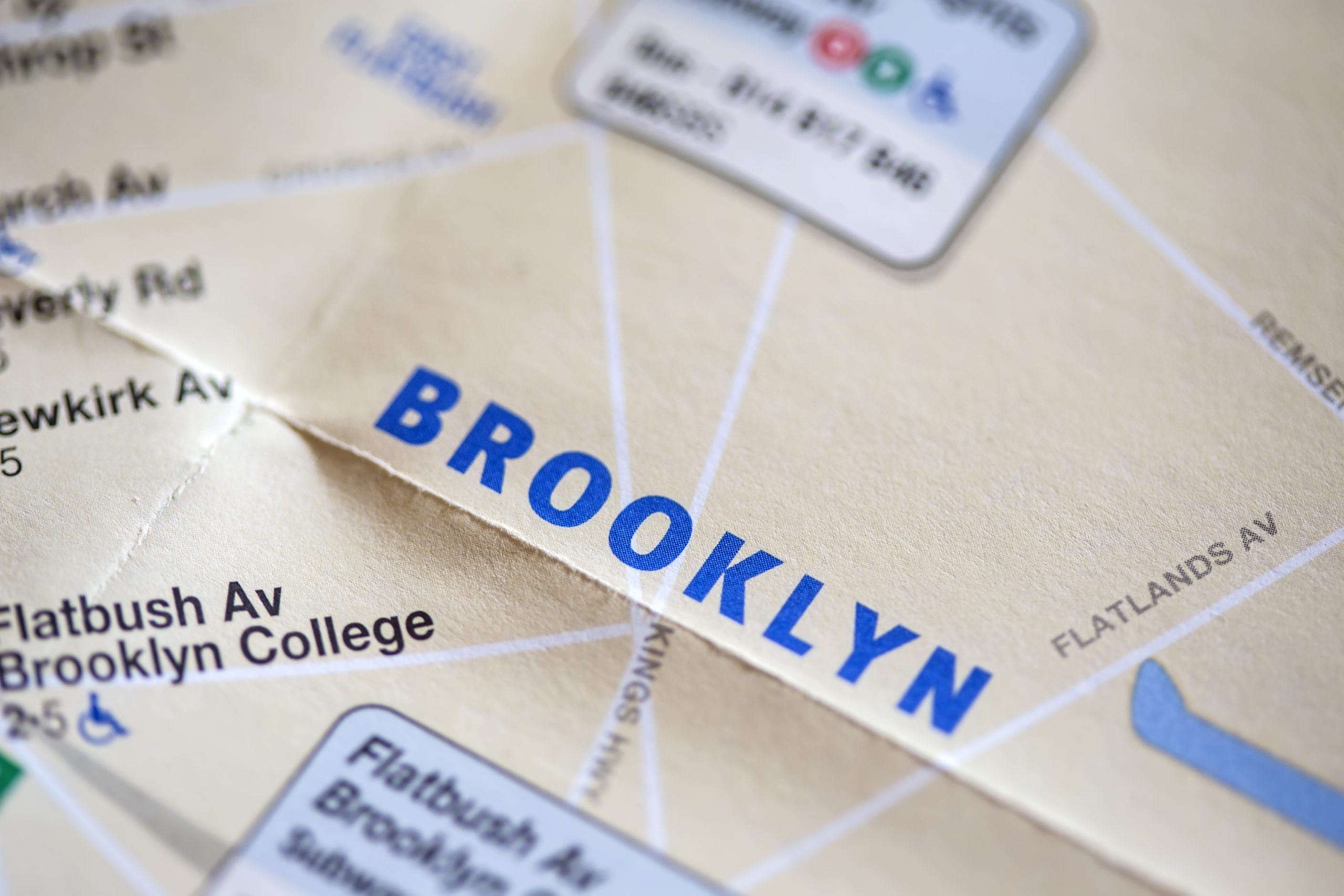
Fort Greene’s excellent transportation links make it an ideal location for commuters. The neighborhood is served by several subway lines, including the C, G, B, Q, and R trains, providing easy access to Manhattan and other parts of Brooklyn. The Atlantic Terminal is a major transportation hub, connecting the Long Island Rail Road with numerous subway lines, making it convenient for those traveling to and from Long Island.
